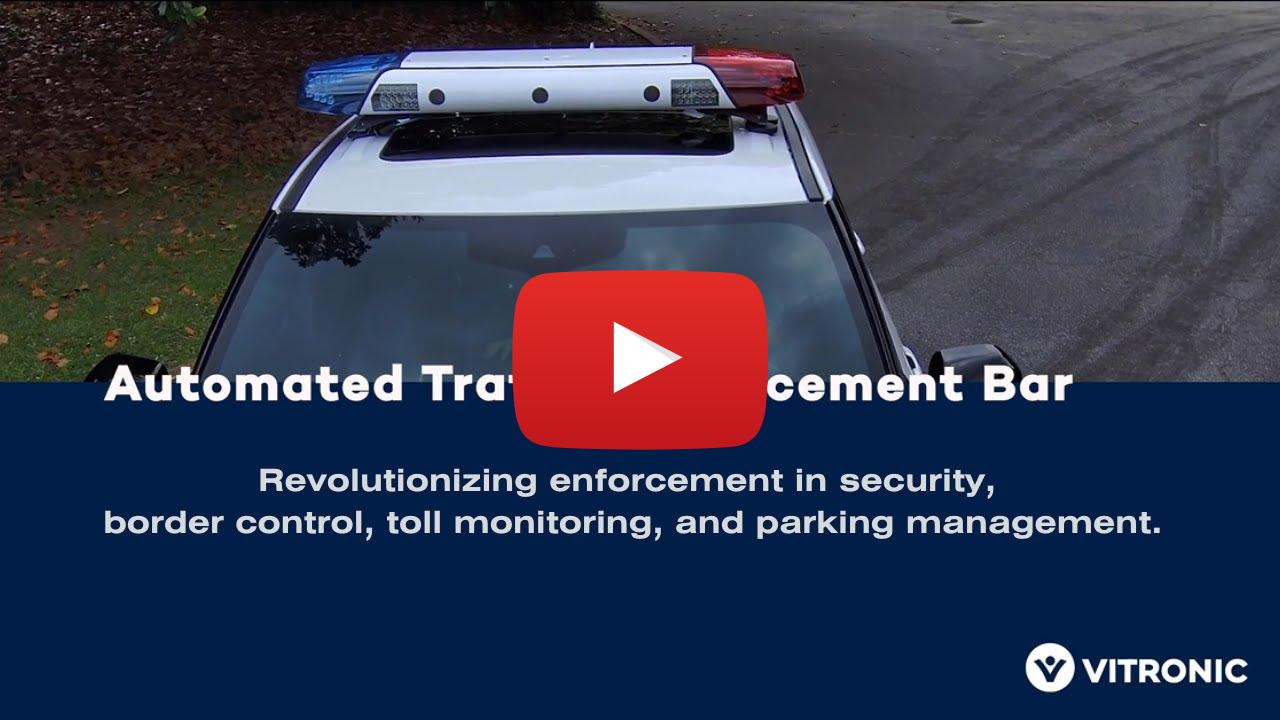Vitronic will present its Enforcement Trailer for the first time in Australia at the ITS World Congress. This autonomous enforcement system has been successfully deployed in several countries across Europe and the Middle East with about 300 units in France alone by the end of this year.
September 8, 2016
Read time: 2 mins
Vitronic will also showcase its Tollchecker tolling solutions and the Poliscan FM1, the latest generation in Lidar traffic enforcement. TollChecker delivers high-performance identification and classification of vehicles in moving traffic for toll collection, enforcement and auditing of existing tolling systems. The Poliscan FM1 is a highly flexible and compact enforcement system that can be deployed for speed and red light enforcement as well as for monitoring the unauthorised use of restricted lanes or the hard shoulder. The multi-modal enforcement capacities of the Poliscan FM1 will also be a topic in the Safety 2 session of the congress program on Thursday 13 October.










